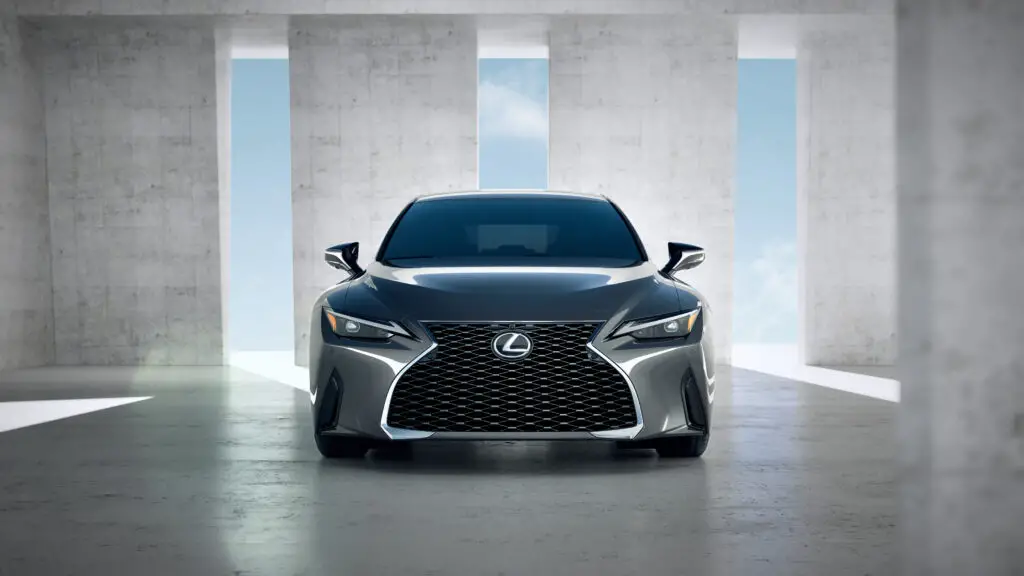
The word “haptics” is one of those terms that has sneaked into the public lexicon, at least for techies like me. It means you sense a slight vibration using a touchpad, and it helps you determine whether you have clicked or swiped enough to make a difference.
I remember when “force feedback” was the proper term quite a few years ago. If you have played an Xbox video game you know how it works. There’s a slight nudge you feel, and the idea is that there is some analog sensation even in the digital realm. Haptics is not quite the same, since it’s more subtle. In a recent test of the 2021 Lexus IS 300, I noticed how the haptics made it easier to control the interface, and I’m happy to say it’s an improvement.
Subtlety is hard when it comes to interface design. I mention the force feedback because it’s more like a hard nudge than a slight sensation. Another way to describe it: Imagine a friend pats you on the back. That’s force feedback. Haptics is more like a soft poke on the arm. You might even wonder if you felt anything. Because it’s subtle, it is not distracting. When I first tried the trackpad, I was a little worried it would be too much like a constant nudge.
The trackpad is about four inches square, enough space for four quadrants about two-thirds the size of a mouse trackpad. It sits right next to you and felt comfortable to use during my tests. You use it to control the display, select options, and move around in the navigation map. I’ve tested several Lexus cars (and many Toyota models like this one as well) over the years and don’t remember the haptics being this useful.
Here’s one reason why that is so helpful. During my week-long test, I noticed there were times when I could reach down onto the trackpad and move my finger around. I could sense the quadrant without having to look, which meant I kept my eyes on the road. I was able to scroll through a few podcast episodes, for example, and find the one I want.
Now, with a touchscreen display, you normally have to look at the screen. Haptics have not found their way to the center console displays in cars yet, and that could be a while. That slight sensation you feel requires some sensors that would be hard to add to a 12-inch screen, and even then it is one thing to have haptics on a small trackpad and another to have that same sensation across an entire screen. The haptics would be annoying at that size. I’ve used rugged tablets before that use haptics and you sort of wish you could turn it off. Also, there’s the cost. Automakers who make a massive touchscreen on the dash with haptics will have to pass along those costs to the buyer, and this is a competitive field (especially for sporty sedans).
It’s a good compromise. I’ve always liked the intent with these touchscreens that sit closer to your left elbow, reinforcing the idea that you should always look straight ahead, not to the side. Your hand can stay positioned lower, not reaching over and looking at a screen. You can glance at the screen easier without having to jab your finger selecting icons.
Is it perfect? Maybe not. A similar trackpad in Audi cars I’ve used doesn’t offer the haptics, and it can jump around a bit too much for my taste. Audi is trying to make a trackpad that works like the one on a laptop, but let’s be honest: We’re not driving a laptop. The car moves around too much, we hit objects on the road, we’re trying to avoid other cars.
I like where Lexus is taking the trackpad. It is responsive, the haptics work well — and I was able to focus on finding the right podcast quickly.